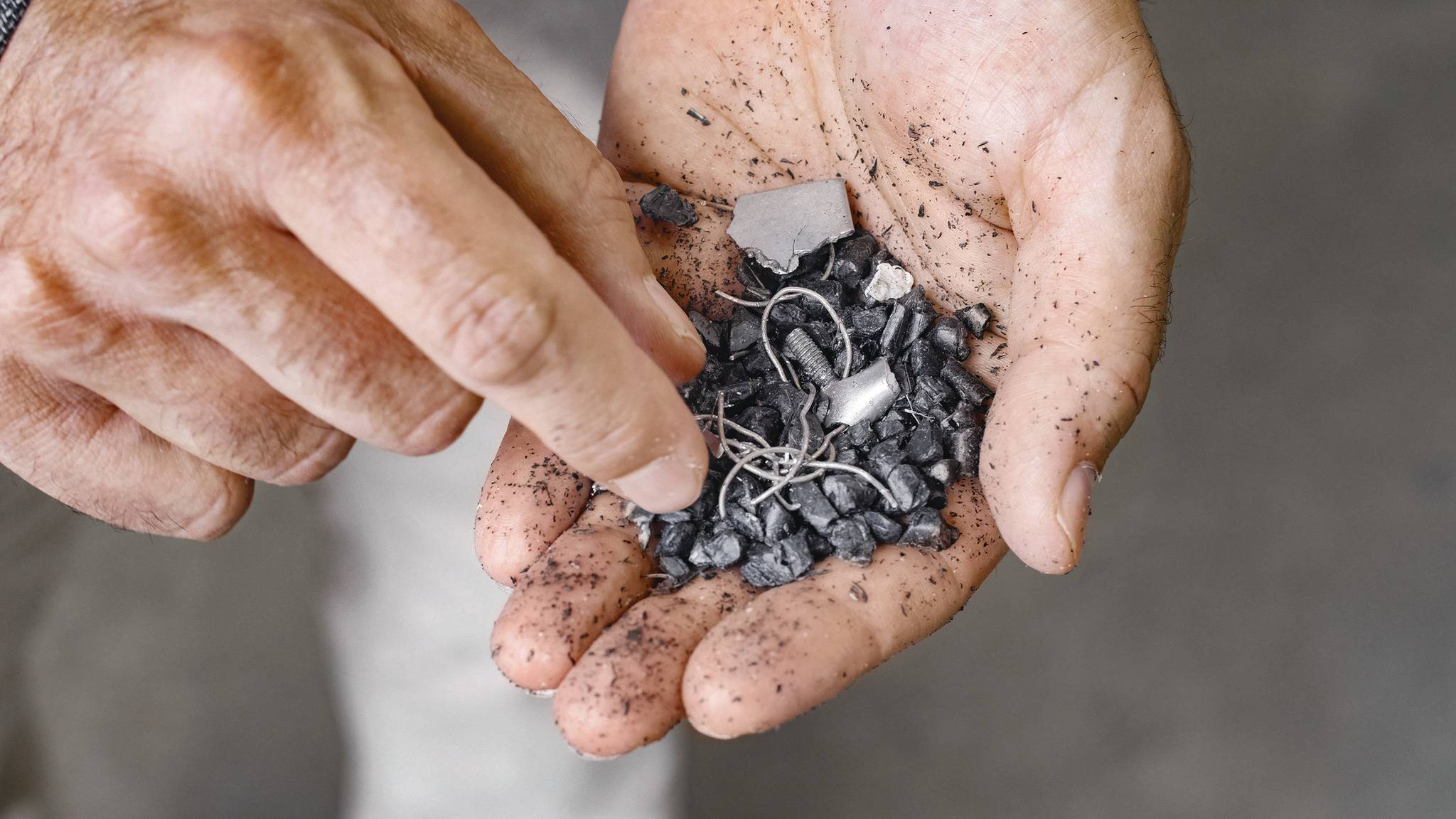For a successful circular economy, not only resource conservation and plastic recycling play an important role, but above all material efficiency. In the production of high-quality and pure plastic granulate, far too much good material is still lost. This material loss not only harms our environment, but also means a reduction in productivity and profitability for plastic manufacturers and processors. The solution is innovative detection and separation systems for granulate recovery. They ensure that unintentionally discarded good material is not disposed of as waste, but finds its way back into the plastic cycle.
How does granulate loss occur?
Material loss during production not only has immense impacts on the environment, it also means that plastic manufacturers and processors suffer in terms of profitability. For this reason, plastic associations around the world are participating in an initiative under the names "Zero Pellet Loss" or "Operation Clean Sweep," which aims to prevent the loss of plastic pellets along the entire supply chain. This includes the "Zero Pellet Loss" initiative by the German Association for Plastics Packaging and Films. It has identified three process steps where plastic pellets are particularly often lost: at the unloading point in the silo area, when handling granulate containers and bags, and directly at the conveying systems and pipelines.
However, it is mainly during production that significant granulate loss occurs. For example, metal separators, which are necessary to protect the equipment, inevitably also remove contaminated material. However, this removed material often contains a large proportion of good material in addition to the metal foreign bodies. Since the removed material must subsequently be disposed of, this automatically means loss of value and additional costs.
The advantages of granulate recovery
An effective recovery of this discharged good material has many advantages – for the environment as well as for the profitability of manufacturers and processors of plastic. Precious resources are conserved, as the recovered granulate can be reintroduced into the process 1:1 as a valuable raw material without jeopardizing process safety. This simultaneously has a positive effect on the economic efficiency of the plastic processor or manufacturer.
For material efficiency, the recovery of the discharged good material is also crucial, as with the help of appropriate technologies, almost 100% of this good material can be reintroduced into the process, and thus only a tiny fraction needs to be disposed of as waste. And last but not least, granulate recovery positively impacts the image of the respective company. In times like these, when environmental protection and the avoidance of plastic waste are increasingly coming into the focus of the public and consumers, only those who take responsibility and act accordingly will have long-term success.
Technologies for Granulate Recovery
With innovative metal separating units, contaminated plastic granulate, regardless of its origin, can be reliably cleaned of magnetic and non-magnetic metal foreign bodies and recovered for reuse in production. For this purpose, the material is first introduced into the separating unit via a material hopper. Through the so-called vibrating chute, the material is separated and then passes a magnet that separates iron metal parts. Subsequently, the pre-cleaned material passes through a metal separator, which reliably ejects the remaining magnetic and non-magnetic metal contaminants. What remains is the processed, pure granulate, which can be used again for production and does not have to be disposed of as waste. Depending on the dosage and setting, a recovery rate of up to 98 percent is possible.
Such a metal separating unit has a positive effect on process safety, as even the smallest metal parts and even metal inclusions in the granulate can be reliably detected and separated. If left undetected, they could potentially cause damage to the equipment. These systems can be used both in goods receipt and in production and material storage. This allows the causes of contamination to be quickly identified and a supplier quality check to be carried out at goods receipt.
Conclusion
In the production and processing of plastic, far too much plastic granulate is wasted, which is neither ecologically nor economically tolerable. Increasing material efficiency is a crucial step for the plastic industry to combine profitability and circularity. State-of-the-art mobile metal separating units provide a remedy here, reliably removing metal particles from plastic granulate that was previously ejected from the production process. This not only saves valuable raw materials and costs but also has a positive impact on the environment and the company's image.

